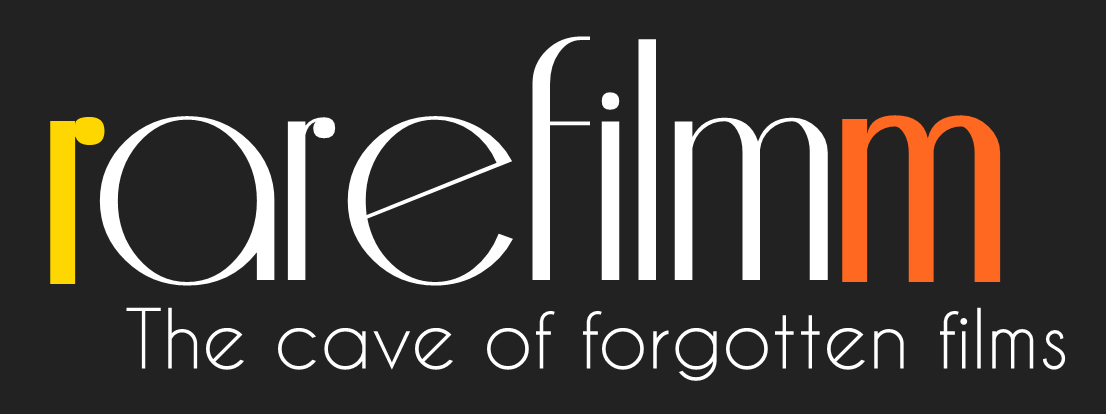Without dialogue, but with a lot of music, the film tells the story of four young women who escape from their indifferent parents, lewd teachers, sinister policemen and numerous criminals to form a commune based on the principle: “solidarity between women is powerful” in an abandoned house.
Category: Experimental
Black and white shots of a carnival segue into a psychedelic reverie as a pair of disembodied hands prepare and consume a fresh persimmon. Soundtracked by T. Rex, and featuring repurposed footage from Dumbo, Last of the Persimmons is a layered and playful homage to the simple pleasures in life.
A first film made almost single-handedly on a tiny budget, this is an admirably ambitious stab at the documentary-essay form familiar from films like Chris Marker’s Sunless. A brazenly personal response to Calcutta, it attempts to delve beyond the facile notions the West entertains about the city (‘an example of wretched over-population’), and combines vivid visuals with a narration that plunges fearlessly into economics, politics, religion, sociology and philosophy. Adverts, movie clips, comic strips, stills of the director’s mother, footage of religious ritual and street life merge into a complex web of ideas that are neither hackneyed nor obvious. A tantalising effort.
Bette Gordon explores the cinematic representation of women in this feminist experimental work, which, in the words of the filmmaker, centers on “women’s inability to place and define themselves in language and politics, the location of radical struggle.”
An eschatological look at Judgment Day on this now aged continent. A film requiem to western civilization and its barbarism, through allegories and symbols and a controversial perspective on the new Middle Ages.
A young woman awakens in a hospital bed, as she staggers to her feet the world around takes on an otherworldly ambience. Her circular, unending life revolves into a nightmarish loop as she confronts herself and her dead end existence.
An early example of computer generated animation; several hundred dots move about the screen according to a set of instructions in a graphics program which were input into a IBM digital computer and coloured by an optical printer.
Strapped for time due to her busy schedule of personal appearances, Laurie Anderson creates a rather clumsy looking clone to take over and keep up her artistic production. Anderson plays both parts, pitting the chain-smoking, productive male half against the laid-back female half. In the end, one highly successful clone begets another clone, a situation spoofing the rise and fall of the ’80s art star.
